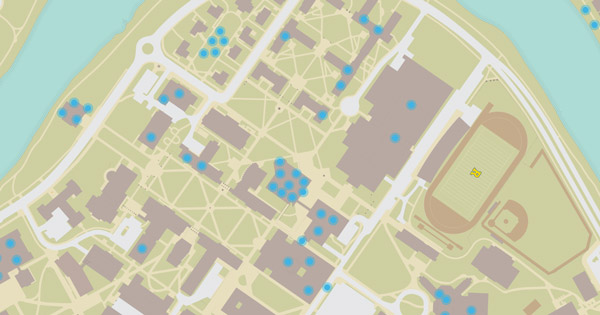Unearthing Climate Clues Frozen in Ice
Unearthing Climate Clues Frozen in Ice
Scientists from the University of Rochester are researching how human activity has affected the atmosphere’s ability to cleanse itself.
Vasilii Petrenko, associate professor of earth and environmental sciences; postdoctoral research associate Peter Neff; and laboratory manager Edward Crosier recently spent three months in Antarctica drilling more than 1,000 meters of ice core and extracting about 500 liters of ancient air trapped inside it.
This is a continuation of the team’s research to analyze ice samples for clues about past and present climate change. One of the goals of the project is to estimate changes in the concentration of atmospheric hydroxyl radicals since the preindustrial period. Hydroxyl radicals are known as the “detergent of the atmosphere” and are responsible for removing reactive greenhouse gases such as methane, as well as many pollutants like carbon monoxide.
“Our lab is focused on understanding processes in the Earth’s atmosphere that can help us predict the future climate. A lot of what we do is looking at the Earth’s past because this allows us to see how the chemical composition of the atmosphere has been changing over large stretches of time.”
—Vasilii Petrenko
Associate Professor of Earth and Environmental Sciences
The research team travels to Antarctica and Greenland to study the past because that’s where the oldest and biggest ice sheets in the world are. Together, these ice sheets offer researchers a comprehensive record of the Earth’s climate history and play an important role in predicting the future of the global climate system. This research may help inform public understanding regarding a more sustainable future.
Kristine Thompson, January 2020





